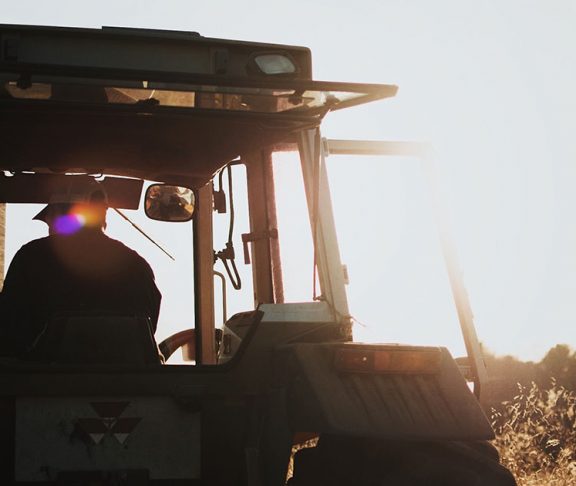
Radhika Fox
CEO, US Water Alliance
CEO, US Water Alliance
Water is our world’s most precious resource and essential to everything we do. It nourishes us. It cleans and sustains us. Water is also the lifeblood of agriculture — food production is responsible for 80 percent of all water consumed.
Farming and water are intrinsically linked. Water is growing in strategic importance to the agricultural sector because that sector is facing a number of water-related challenges. Agriculture is simultaneously dealing with water pollution from fertilizer runoff which is a source of “nutrient overload” in our waterways, soil erosion, habitat degradation and flooding. Changing weather patterns have a direct effect on farmers, whether it results in too much or too little water. Farmers’ ability to adapt is what ensures everyone has food on the table day in and day out.
Agriculture and irrigation
Every day at the US Water Alliance, we see the innovation at the intersection of farming and water. Take the Salinas Valley in California, east of picturesque Monterey and prized for its rich, fertile soil that is ideal for growing the food that feeds millions of families every day. It is one of the most productive growing areas in California, but years of heavy farming and stress on the groundwater supply have resulted in over-pumping and saltwater intrusion in the area.
The local water agency, in partnership with local farmers, introduced a project that started as a salt water intrusion barrier. Over time, it morphed into the largest agricultural reuse irrigation project in the country. Artichokes, lettuce and strawberries are among the edible crops that are safely and efficiently produced in this region with recycled water. Now, recycled water is distributed to 12,000 acres of farmland in Northern Monterey County with an average of 60 percent of water recycled each year.
America’s heartland
Other innovations in sustainable agriculture have come from America’s heartland, like the Middle Cedar River region in Iowa. There, community groups, government entities, water providers, agricultural leaders, and environmental groups all work together to try to solve the area’s most pressing water challenges. Facing concerns about flooding and pollution in drinking water, the city of Cedar Rapids and 15 partners are bringing cutting-edge planning and technology for farmer productivity and water sustainability. From technologically advanced solutions like reactors that remove pollutants from water to low-tech solutions like absorbent crops that prevents fertilizer runoff from ever reaching a body of water, partners in Iowa are committed to a world where farmers thrive and waters are clean.
We know that feeding the world is no easy task. Farmers and water are essential. With the right partnerships and innovation, both can thrive.

